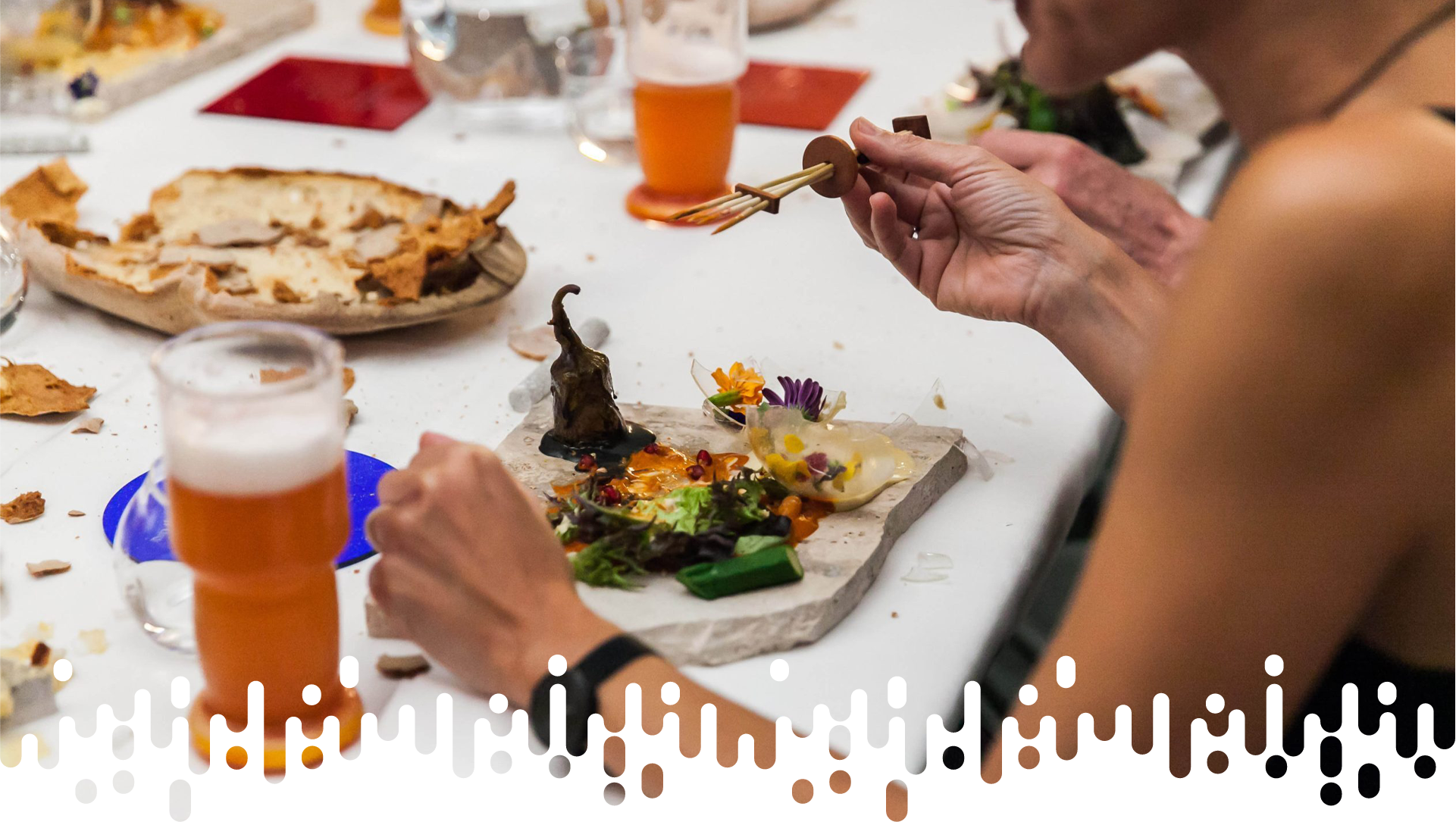
ELSA YRANZO
Has found in food design and art a transformative tool to build a more just, awe-inspiring and sustainable ecosystem. In each of her mouth-watering and polychromatic projects, her endeavor is to trigger, inspire, and invoke new links between food and people, through innovation, knowledge, and above everything, beauty. With an unmistakable interdisciplinarity, Elsa navigates the intersection of various creative realms, creating a unique narrative that transcends traditional boundaries.

Elsa Yranzo is a Barcelona-based designer, art director, and curator. Through her research and teaching, and committed to celebrating her familial legacy, she states that if the limits of the kitchen are crossed, the rituals of cooking and eating can connect us culturally, socially, and politically and help us face ongoing challenges such as feminism or food waste.
With a diverse portfolio, including brands such as Hermès, Carolina Herrera, or BMW, cross-boundary collaboration plays a fundamental role for her, forever weaving a wide network of cooks, agriculturists, craftsmen, sociologists, and much more.
Who is Elsa Yranzo?
I am Elsa Yranzo, a designer, art director, and curator. Currently, I run my food design and food art studio in Barcelona. I design and produce contemporary artistic projects with food. My goal is always to transform, inspire, provoke reflection, and create new connections between food and people through art, design, innovation, and beauty.
What is your artistic approach?
I research and disseminate holistic content around gastronomy, from what I consider a very humanistic perspective, to address the most important agri-food challenges with greater depth. To achieve this, I collaborate with various professionals and stakeholders, such as other designers, artists, sociologists, anthropologists, chefs, and scientists.
Undoubtedly, your creative approach manifests an unmistakable interdisciplinarity. How, within the realm of food design, do the various creative disciplines interweave, and what compels you to regard this convergence as paramount?
Food design is necessary to create contexts where different areas of knowledge are always in contact, sharing, exchanging views, concepts, methods, learning from each other, nourishing each other, creating new bridges, and even integrating. I like to talk about inter and transdisciplinarity.
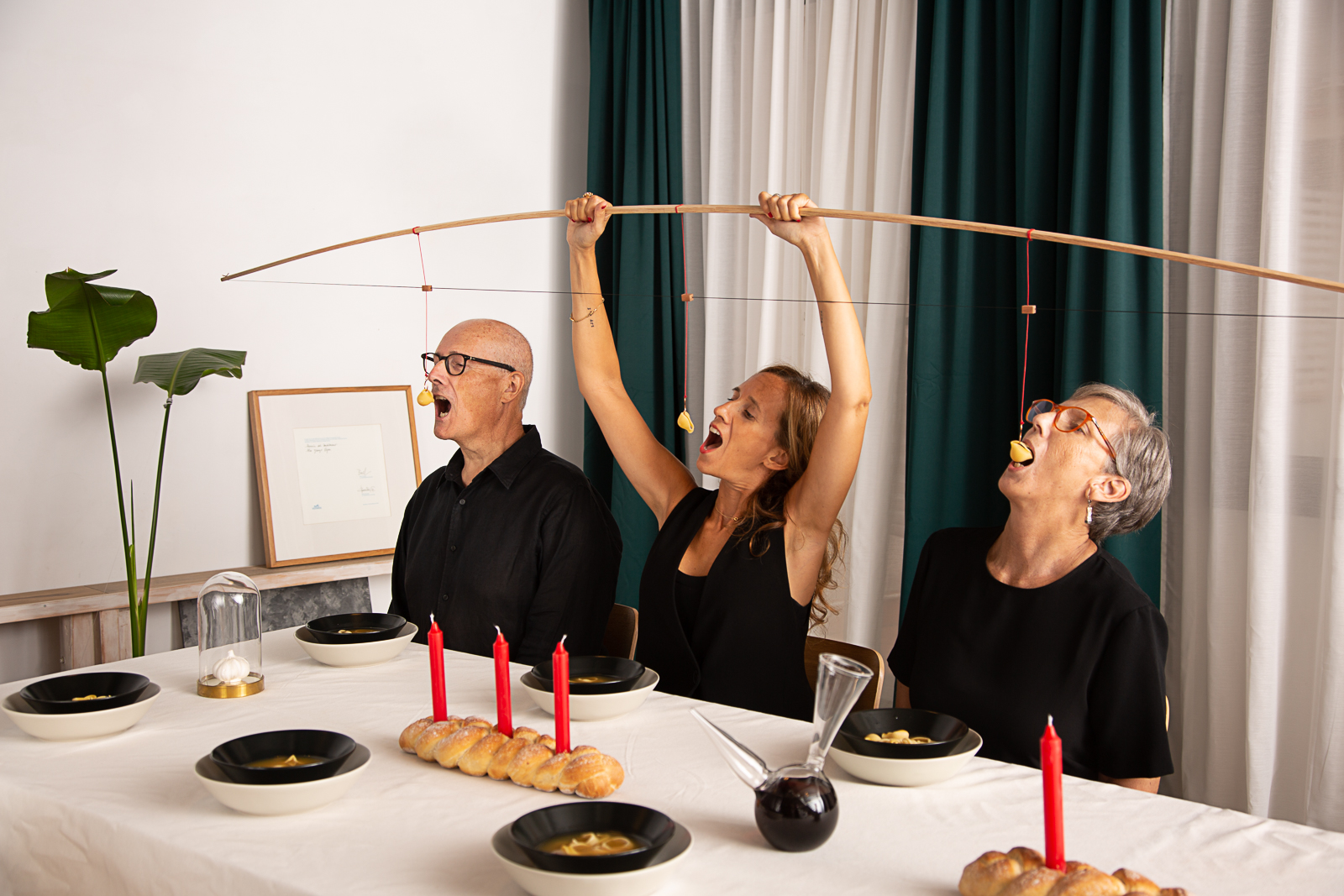
What narratives can be woven and what novel realms can be unlocked through food design?
How does beauty contribute to the essence of food design?
Why is it essential for the agri-food industry and society as a whole to embrace a holistic perspective like food design?
Favorite spot in the city?
Barcelona is where I was born and have developed my culture and all my artistic and culinary sensitivity. My favorite spot is my neighborhood, Poblenou, which is special to me because it is where my paternal grandfather developed his professional activity with a carpentry workshop and factory, and where my father currently works with sculpture. It is meaningful when my dad explains how the neighborhood has evolved from its origins as a working-class and industrial area to becoming a creative and technological district. Its history, origins, and understanding how the streets and buildings change are crucial to me for maintaining its artistic and cultural fabric without losing its essence.
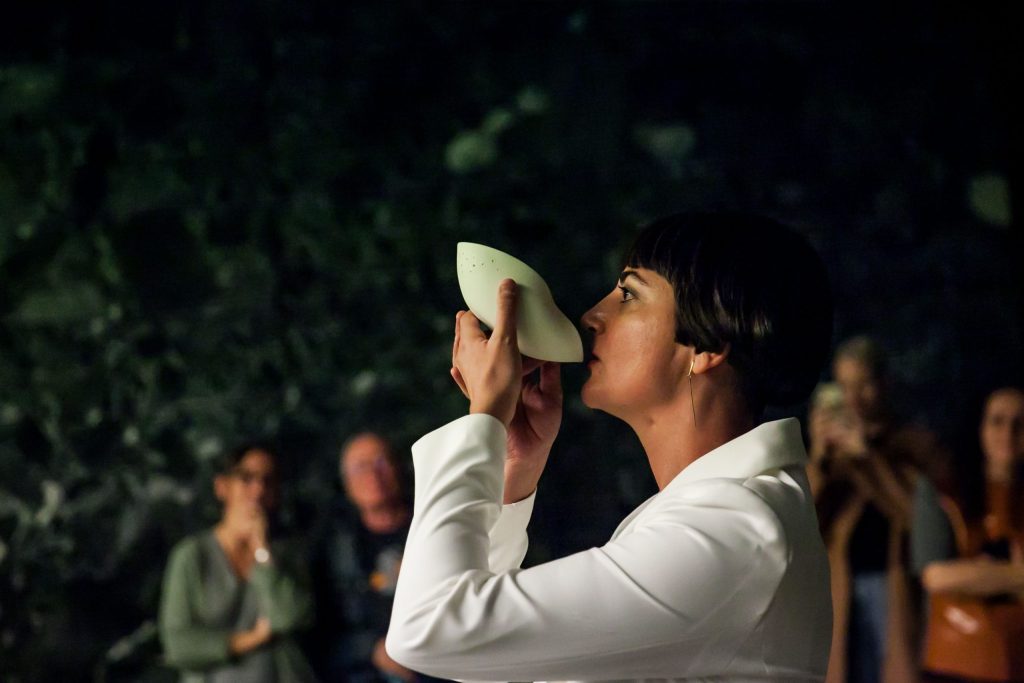
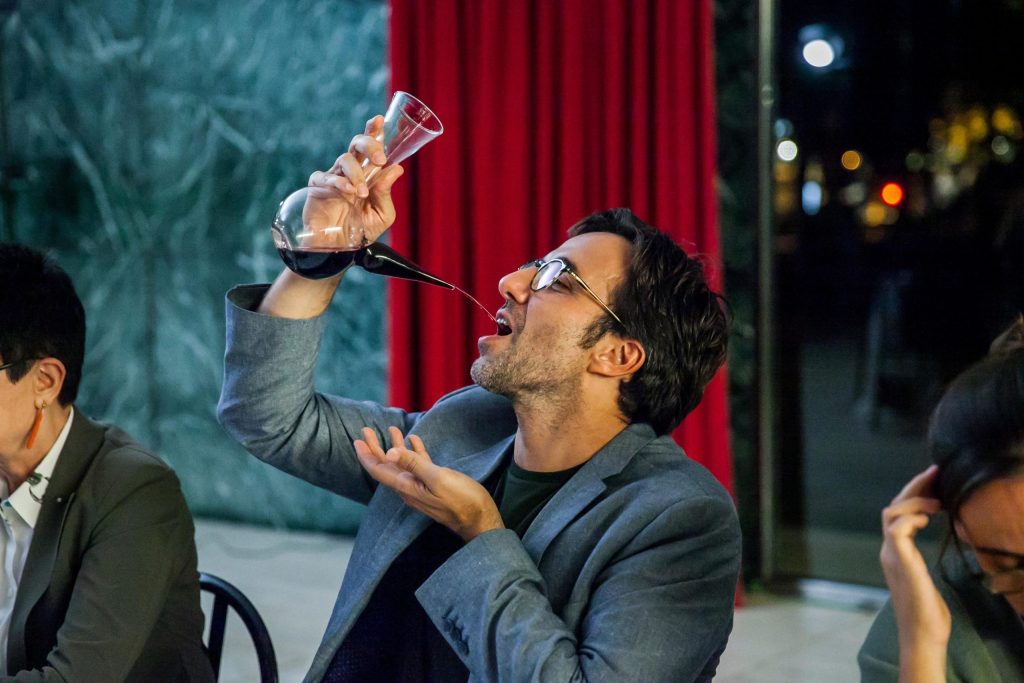

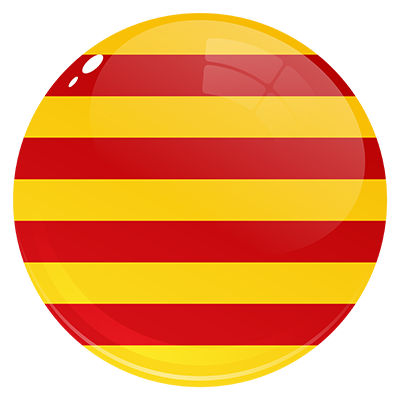 CA
CA
 ES
ES